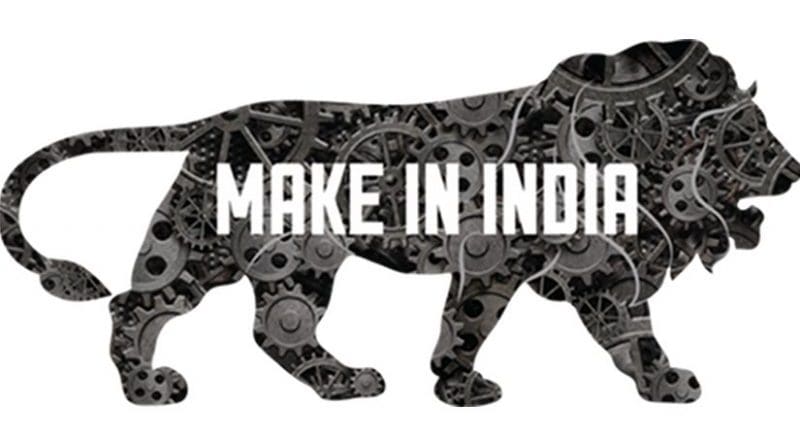Retreat Of Globalization Paves Way For India’s Self-Reliance Movement And Economic Sovereignty – Analysis
Globalization or economic integration has been the core point for economic growth in 2000s. About 70 per cent of international trade and investment include exchange of raw materials, intermediates , parts and components and capital goods required for production. Most of these trade and investment take place in GVC ( Global Value Chain), according to OECD. Therefore, GVC has been the engine for globalization in the world economy.
Against this backdrop, outbreak of COVID 19, which ignited supply chain risk with the disruption in production in the world, rang an alarming bell to the nations, who were over-dependent on imports. It nudged the countries to have a second thought on import dependence in GVC model and turn inward for development of domestic supply chain. Phil I Logan, the European Union’s Commissioner, said, “we need to think about how to ensure the EU’s strategic autonomy”. Australia’s Prime Minister said “trade has been a core part of our prosperity. But, equally we need to look carefully at our domestic economic sovereignty, as well.”
Hence, it is not only India, which is known for its ethnocentric chauvinism for protectionism and imposed high import tariffs to protect the domestic industry, the developed nations are in the queue now to turn inward after the outbreak of COVID 19. In fact, since 2011 global import intensity to production witnessed a downturn, according to OECD. Reasons attributed to this were trade tensions, protectionism and uncertainty in trade policies.
COVID 19 added fuel to the de-globalization movement. This will impact the global growth. According to WTO, world trade will decline between 13 and 32 percent in 2020. President Emmanuel Macron said, “that the corona virus will change the nature of globalization.”
Self reliance is not new to India. It was pivot to the economic growth before the great economic liberalization in 1991. Even after the great reform, self reliance played important role in the planned economy of the country. Import substitution and curb on imports, both by high tariff and non-tariff barriers, continued to play active role.
With the advent of the new manufacturing system in the world, which shifted to component base industries, such as automobile and electronics , GVC stepped in to play a crucial role in the manufacturing. The main objective was to reap the cost benefit. Eventually, Asia, including China, has become the workshop for global manufacturing. Initially, India preferred to be isolated and refrained from joining this group. The situation changed when India churned out to be the global hub for manufacturing under Make in India initiative.
The Government of India took several measures to reverse back to import substitution to give a new lease of life in the Make in India. In 2017, the government made it mandatory to procure railway equipment for metro projects from domestic sources. According to the policy, a minimum of 75 percent of metro coaches and critical signaling equipment are to be procured from domestic sources by the Central and State level metro project authorities. Ministry of Defence rolled out new policy to boost level of indigenous content in defence equipment. The local content varies in between 45 to 50 percent in selected defence items. A general policy for Public Procurement was introduced in 2017, whereby local content up to 50 percent was mandatory where the country has enough capacity to produce.
Nevertheless, trade barriers are not enough to boost self-reliance. Growth in manufacturing industry is pre-requisite for self-reliance. Manufacturing has undergone a major transformation with the global trade becoming cost competitive. With the advent of component base industry, which became the base line for modern manufacturing, GVC emerged the engine for the growth. It means manufacturing growth polarized on international production sharing. This has been possible by liberalization in trade and investment, low logistic cost and advancement of information and communication. Today, no country produces everything by itself to make a car or a mobile phone. With GVC accepted as the main fiefdom for new manufacturing process, domestic Supporting Industry (SI) took birth.
SI can be defined as the group of industrial activities, which supply intermediates (parts, components and the tools to produce them) for assembly type processing industries. It is a “direct incentive to create value –added and to increase competitiveness of primary industrial products as well as to attract FDI. At macro level the development of SI helps reduce imports”, according Mr Viet Tung and Mr Tasuo Oyama of National Graduate Institute for Policy Studies, Tokyo Japan. Competitive Supporting Industry (SI) has become the important for foreign investors.
Vietnam showed the way for self reliance by the development of SI. It has ripened the situation for development of domestic industry. Samsung’s spurt in localization in Vietnam is a case in point. In 2014 localization rate of Samsung in Vietnam was 35 percent. It increased to 58 percent in 2018. Samsung’s vendors leapfrogged from 4 in 2014 to 35 in 2018. Vietnam aimed to be more competitive in SI by 2020, meeting 45 percent of the demand for production and consumption.
Given this, India should focus on SI as the hub for production of primary goods and services for assembly type processing as a challenge for self-reliance. SI is developed mainly based on MSMEs. The new the fiscal package during COVID 19 focused on the development of MSMEs. The government also expanded the scope of MSMEs by making structural reforms in their sizes in terms of capital investment and introducing turnover factor in the line of global standard. About one-third of India’s manufacturing output is contributed by MSMEs.
In summing up, India’s Make in India initiative should shift to hub for Supporting Industry growth through larger participation by MSMEs as the lever for self-reliance.
Views expressed are personal

